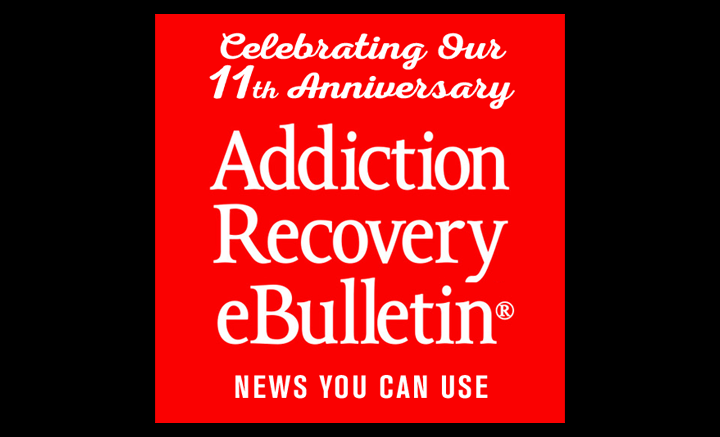GENERATION MEDICATED –
Aug. 27, 2022 – Dialectical behavior therapy is a subset of cognitive behavioral therapy, which aims to reframe a person’s thoughts and behavior. D.B.T. focuses initially on behavior and raw emotion, helping the individual surmount moments of crisis and understand what prompted the behavior in the first place.
D.B.T. is intensive. The fullest version of the program, which can take six months to a year to complete, has four components: individual therapy for the teenager; group therapy; training for teenagers and their parents to teach emotional regulation, and phone access to a therapist to help during a crisis.
The initial step is to teach a patient to recognize the feelings in the body when dangerous impulses arise, like “a lump in the throat, racing pulse, tense shoulders,” said Jill Rathus, a psychologist practicing in Long Island. In the 1990s, Dr. Rathus was part of a team that adapted the adult version of D.B.T. for use by adolescents and their families.
Patients then learn to put those feelings into words. It is vital, Dr. Rathus said, to “put language” to a physical and emotional experience; this engages parts of the brain, like the prefrontal cortex, that help regulate emotions. In young people, these brain regions are not fully developed and can easily become overwhelmed.



